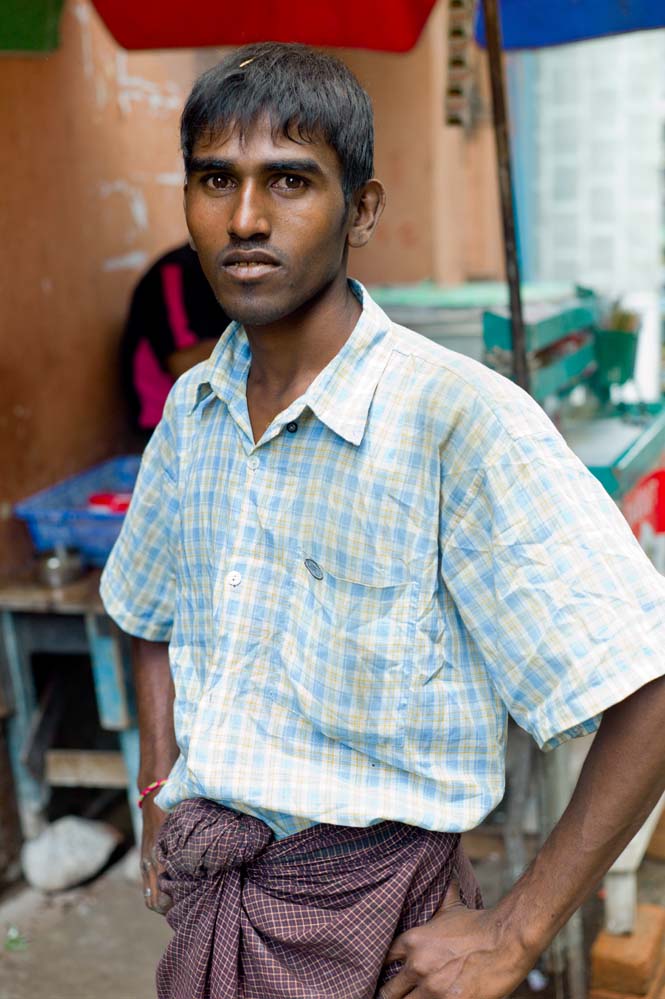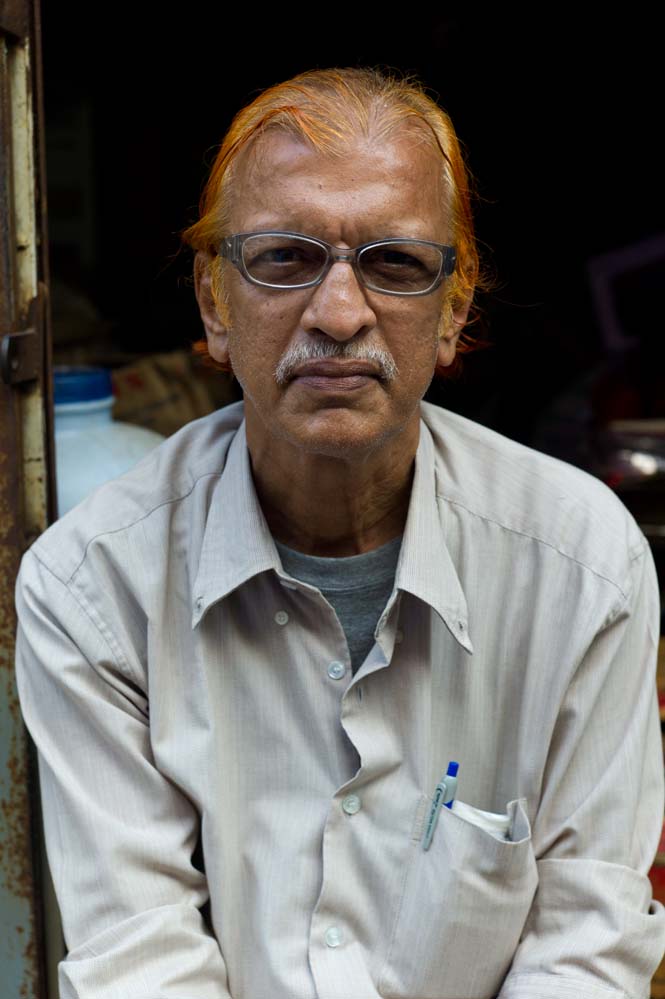A highlight of Myanmar is its people, a diverse soup of Muslim, Hindu, Christian and Chinese (there’s even a huge Chinatown in Yangon).
The faces below were shot in Yangon, the country’s bustling commercial and cultural (but not political) capital.




A highlight of Myanmar is its people, a diverse soup of Muslim, Hindu, Christian and Chinese (there’s even a huge Chinatown in Yangon).
The faces below were shot in Yangon, the country’s bustling commercial and cultural (but not political) capital.




5 Responses to “Myanmar – Part 2: Yangon”
Nicole
Wow- really amazing images. The first and last ones are my favorites.
Heather
The swastikas are not worn out of ignorance, the symbol originated in India and has long been a symbol for Hinduism and Buddhism. It was adopted by Hitler out of ignorance but remains a symbol of luck and auspiciousness in eastern countries. Only in the west is it viewed as a symbol of Nazi Germany.
micahbrubin
Hi Heather,
Thank you for pointing this out. I saw swastikas used throughout many of the Asian countries I’ve visited, but the Buddhist/Hindu swastika is a bit different from the one on the shirt. The shirt has the 3 colors the Nazi German flag (black, white, and red) and is encircled. The swastika’s angle also matches the angle on the Nazi flag which, as you pointed out, was usurped by the Nazis from its true meaning of harmony and peace.
In Myanmar, I also saw WWII storm trooper styled helmets with Nazi insignia as well as SS logos (in addition to Nazi-themed t-shirts). In Thailand I saw girls wearing shirts with caricatures of Adolf Hitler and Nazi flags for sale in markets.
A school in Chiang Mai was recently in the media for having a Nazi-themed parade (http://articles.cnn.com/2011-09-28/asia/world_asia_thailand-nazi-parade_1_nazi-uniforms-nazi-symbols-nazi-themed?_s=PM:ASIA)
While I don’t think the wearers are actually Nazi’s, their ignorance of the swastika’s symbolism (when used in this context) is the real problem and perhaps the history of WWII needs to be better taught throughout Asia.
Micah
Andrii
WWII history should be taught and retaught not only in through Asia. I’m afraid in the rest of the world the situation is even worse. (Lived in Russia, Ukraine, US). And part of this history — not the most flattering — is the huge impression that Japanese invasion into South East Asia made on the local population and (native) elite. The easiness with which the Japanese completely defeated the French, the Dutch and the British — powers that ruled for centuries — left very few awe-less. You see, the above mentioned colonial powers ran a very racist regime in their colonies. We don’t usually talk about it… King Leopold of Belgium killed how many Congolese? Right – who counts. Don’t want to sound to cynical, so let the cynical facts do the political-incorrect talking. It so happened that Hitler was not the only fascist in 1930-s and before. In Europe, we remember his true face mainly because of the sheer number of victims — Jews, Russians, Ukrainians, Belorussians, Roma (Gypsy), Greeks… the list is endless. In Asia the villains are the Japanese, they were fighting against the Allies. Those Allied powers, who just decades ago were committing similar massacres in Philippines(the Americans), Vietnam, Cambodia (French), Indonesia(two centuries of Dutch rule, which was humiliating, racist. The region, that for thousands of years before was one of the richest in the world, society that was one of the most tolerant — look at Indonesia now, Dutch must be proud), Burma. Yes, Burma. How many times the British attacked Burma in XIX century? Anybody in the old world remembers what were the pretexts for those wars? Thus, nolens volens the Japanese, look not that bad. Basically their actions were the same as of the Europeans, but their rule spanned much smaller(incomparable smaller) time interval.
Again, the East Asians certainly need to update their WWII, so do we. And i’m afraid, we’ll have to go first.
micahbrubin
Hi Andril,
Very interesting and thought provoking commentary.
Thank you for your thoughts.
Micah